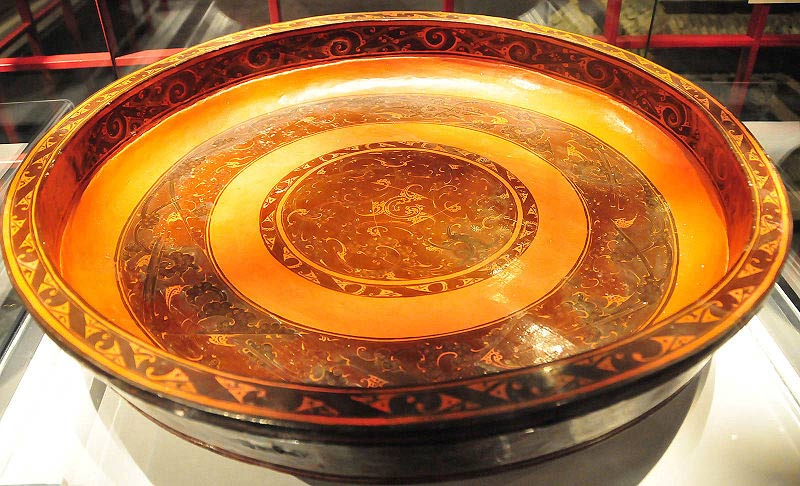The second imperial dynasty of China was known as the Han Dynasty. It followed the Qin dynasty and founded by the rebel peasant leader Liu Bang. This regime was said to have retained the legalistic nature of the Qin dynasty, while eliminating its extreme ways such as corporal punishment. It was a period by characterized by age of cultural consolidation, economic affluence and major technological advances. More importantly, this dynasty was characterized by the rigid Han Dynasty social structure.
The society of the Han Dynasty can generally be described as highly structured with a clear definition of each social class. Han China was comprised of a three-tiered social system. Aristocrats and bureaucrats were at the top of this hierarchy followed by skilled laborers like farmers and iron workers. The bottom tier consisted of unskilled laborers such as servants and slaves. The emperor was at the top of the whole hierarchy.
At the top of the Han Dynasty social structure was the emperor. No subject was allowed to address the present emperor by name lest they take the risk of punishment. The most powerful relative of the emperor was the empress dowager or the wife of the previous emperor. Empress dowagers have the power to issue edicts and pardons as well as to appoint a new emperor in the case of the present emperor passing away without a designated heir.
Certain nobles were also present during different periods of the Han Dynasty. During the early Western Han, some military officers were designated as Kings and they ruled over semi-autonomous fiefs. Later on, only the emperor’s male relatives were given that designation. Regents and eunuchs were positions that were given to a few officials during the later periods of the dynasty. At the same time, those serving the government also had privileged positions during this dynasty. They were immune from arrests unless permission from the emperor was granted. Scholars also belonged to the same tier as that of the nobles and the government officials.
Farmers and peasants comprise the second tier of the Han dynasty’s social hierarchy. Their social status can be considered to be above that of the laborers but well below those of the wealthier landowners. However, they were not looked down by their fellow gentrymen since the wealthy depended on them for their products.
Third class citizens consisted mainly of artisans and craftsmen who were responsible making useful items such as swords and knives as well as creating luxury goods for the wealthier class. They also belong to the second tier of the society. However, their status is held below that of farmers. Despite this, they were still allowed to wear fancy outfits and ride on carriages and horses. They weren’t prohibited from becoming officials.
Merchants belonged to the third tier along with the commoners and the servants. They were viewed as lowly by scholars and registered merchants were made to wear white as an indicator of their lowly status. Slaves make up about 1% of the dynasty’s whole population. They can either be privately owned or state-owned. State-owned slaves were often given work in palaces and offices while privately-owned slaves often end up doing domestic services and even farming.
The Han Dynasty social structure influenced China’s social structures long after it ended. It is important to note, however, that the assigned social classes for each member of the society dictated their status but not their wealth or power.
